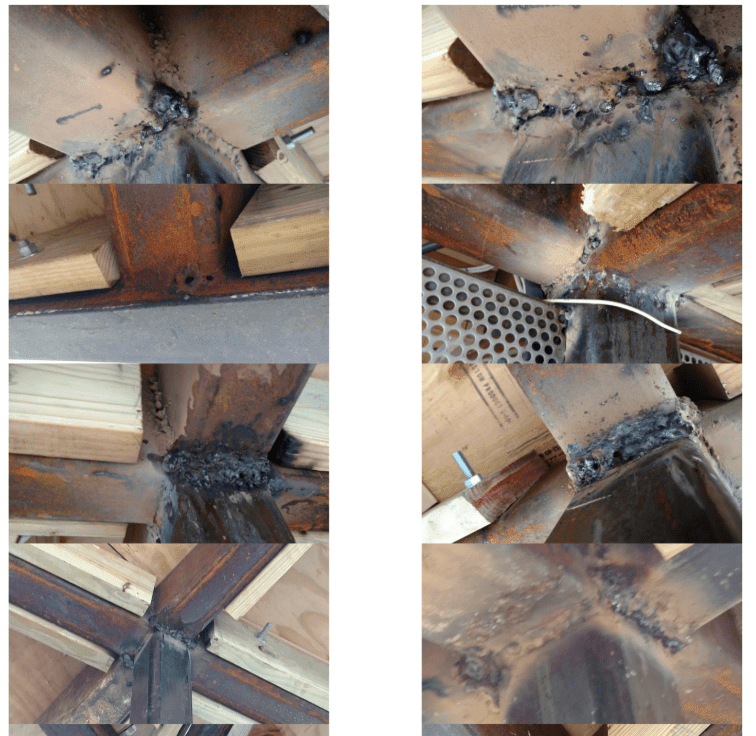JD P.E.
Mechanical
- Oct 17, 2021
- 79
I was wondering if someone could take a look at these simple calcs and offer advice regarding my approach on weld sizing. I use Blodgett's handbook and use the weld line method and then I use AISC fillet weld capacity and get different answers. I suppose that's due to the way I couple the moment and only count on top weld for the tension.
Thoughts?
Thoughts?

